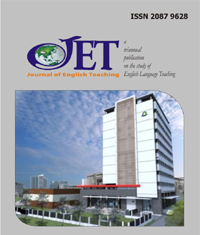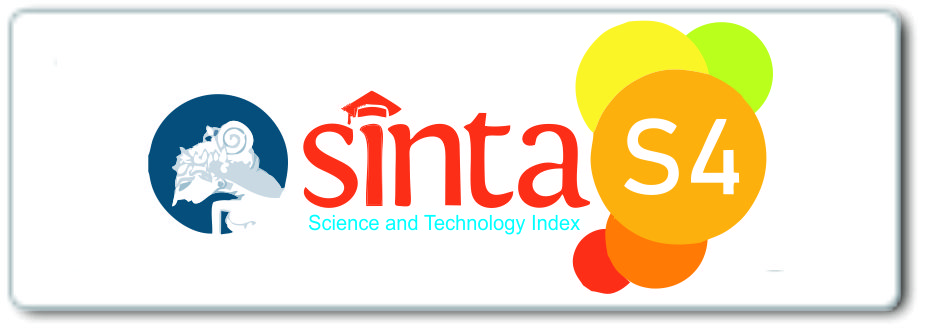The Role of Error Correction in Teaching and Learning of English from the Cognitive Load Perspective: A Case Study
Abstract
In second language teaching and learning, making errors is inevitable as language learning requires a lot of cognitive effort and concentration on the part of learners. Understanding the types and frequencies of student errors is, therefore, an important issue for ESL and EFL teachers to determine how students can be helped to improve their skills through instruction. This case study focuses on the frequency and types of errors and aims to identify any possible relationship between learner-based errors and the perceived cognitive load of the student. Data was received through 36 essays written by an adult learner of English who received 104 hours of formal instruction. The instruction was designed pursuing Cognitive Load Theory (CLT), and corrective feedback was provided. At the end of each month, a subjective cognitive load scale was applied to identify the perceived cognitive load of the learner. Errors were regarded as indicators of the student’s developmental competence and were analyzed not as a failure but as a sign in reflecting the learner’s progress. The results revealed that an improvement in the writings of the learner can be observed when the perceived cognitive load of the learner is lowered in the second language learning process.
- View 430 times Download 430 times pdf
Copyright (c) 2022 JET (Journal of English Teaching)

This work is licensed under a Creative Commons Attribution-NonCommercial-NoDerivatives 4.0 International License.
Copyrights for articles published in JET are retained by the authors, with first publication rights granted to the journal. The journal/publisher is not responsible for subsequent uses of the work. It is the author's responsibility to bring an infringement action if so desired by the author.







